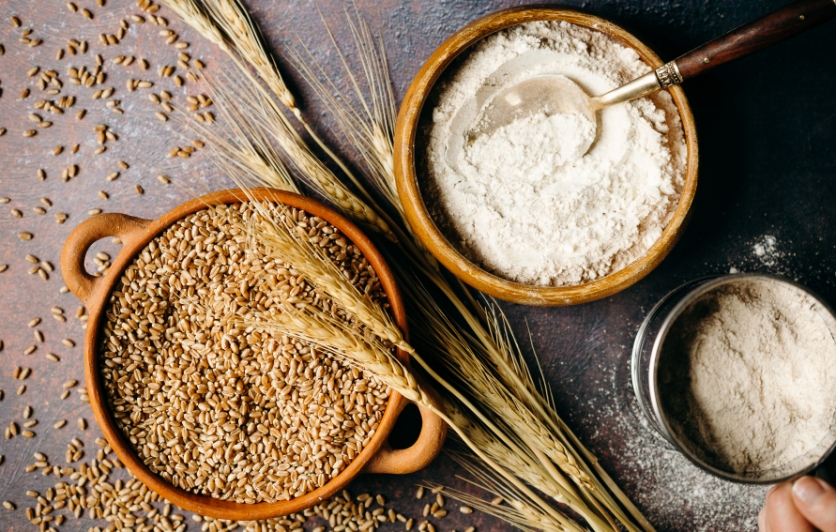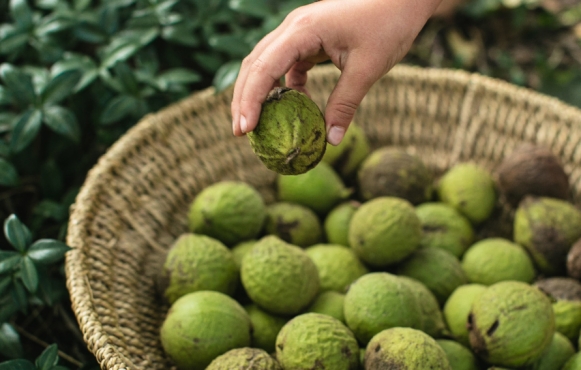Wheat: A Winter Treat

Wheat can be planted in autumn or spring and comes in multiple varieties. Winter wheat, despite its name, is planted in autumn and harvested the next summer.
If you’ve lived in Michiana for a while, you understand and appreciate that winter is a time of rest in the garden. No seeds to plant, no fruit to pick, no vegetables to harvest (except for the occasional carrot left behind). We often lean on comforting foods like crusty bread with warm stew, cookies and pies for holiday gatherings and warm cinnamon rolls on snowy mornings. These winter indulgences wouldn’t be possible without one key ingredient: wheat.
Wheat can be planted in autumn or spring and comes in multiple varieties. Winter wheat, despite its name, is planted in autumn and harvested the next summer. Winter wheat needs cold temperatures to produce seed, and snow provides the perfect insulation and much-needed moisture come spring.
Wheat grown in either season can provide a nutritious food crop, with added benefits as cover crop, weed barrier and soil builder. It is just as beneficial to the farmer as it is to the consumer. This popular grain has a rich history and has been a pantry staple for generations, from the whole wheat berry to finely ground flour.
Selecting:
All varieties of wheat work well when cooking with whole wheat berries. When the berries are milled into flour, use hard wheat for yeasted breads and doughs that require a higher protein content. Use soft wheat for cakes, cookies and pancakes. Wheat berries can be milled at home to make flour with a small tabletop grain mill, or premilled flours can be purchased from local farms and supermarkets.
All-purpose flour is a blend of hard and soft wheats. When it is milled commercially, typically only the endosperm portion of the wheat is used, which means it loses some of the fiber, vitamins, minerals and protein in the process. Whole wheat flour includes the bran, endosperm and germ of the wheat grain, which leaves all the nutrients intact. Only use whole wheat flour when the recipe calls for it, because it will yield different results than all-purpose flour. Wheat milled at home or flour purchased from a small local farm will be fresher than the commercial flours that sit on the shelves at supermarkets, but all of them will work for baking.
Storing:
Wheat berries and all-purpose flour purchased from the supermarket should be used by the listed expiration date. All-purpose flour will have the longest shelf life and whole wheat flour will have the shortest. Store all wheat berries and flours in an air-tight container in a cool, dark place to keep potential bugs away; storing them in the refrigerator or freezer will prolong the shelf life. Freshly milled flour will have the shortest shelf life and should be used within three days or stored in the freezer to use within a couple of months.









